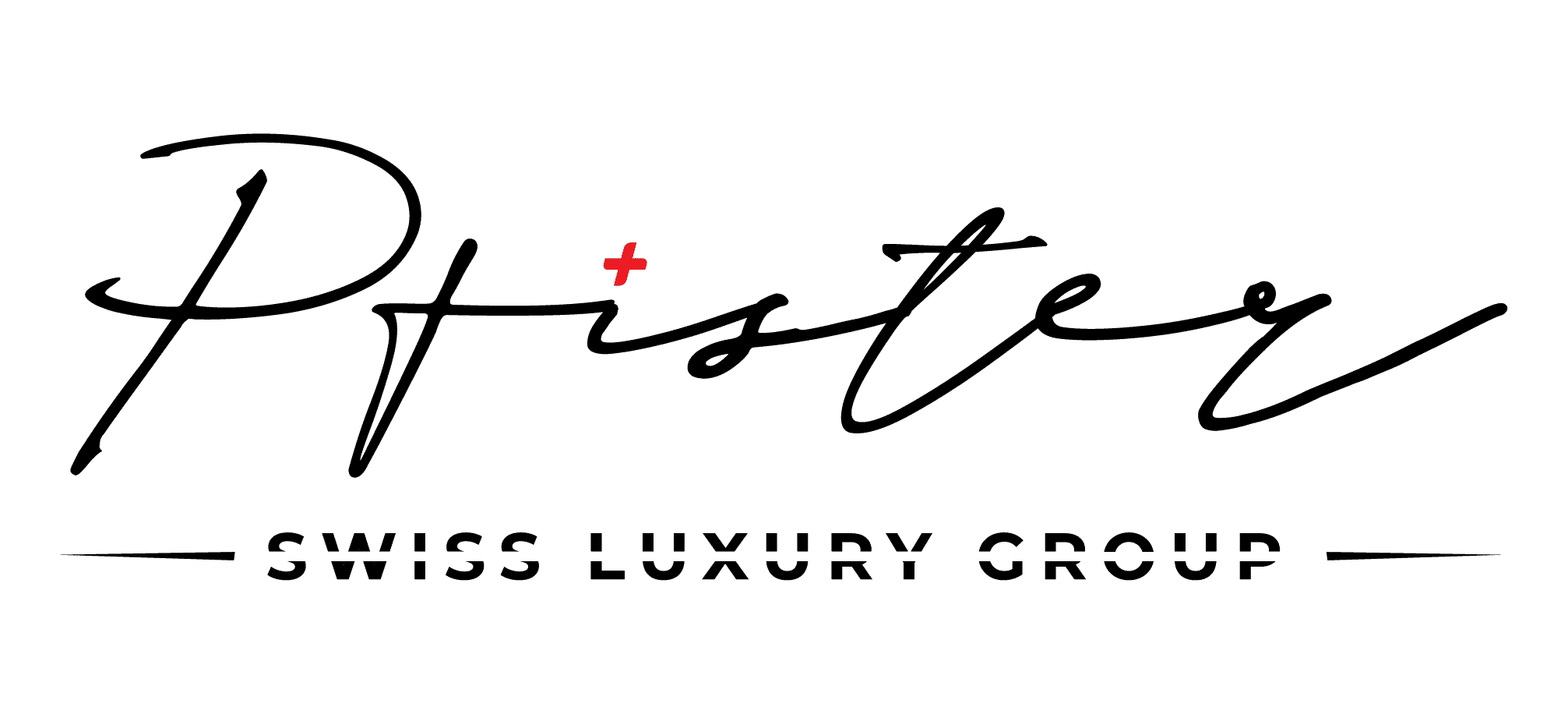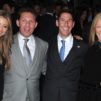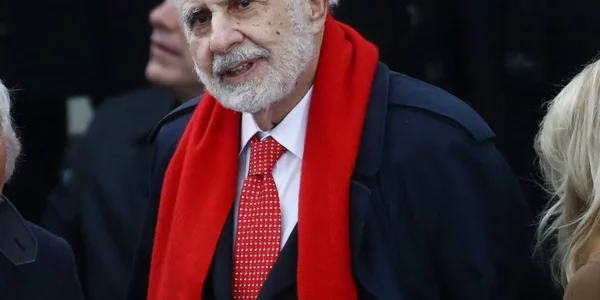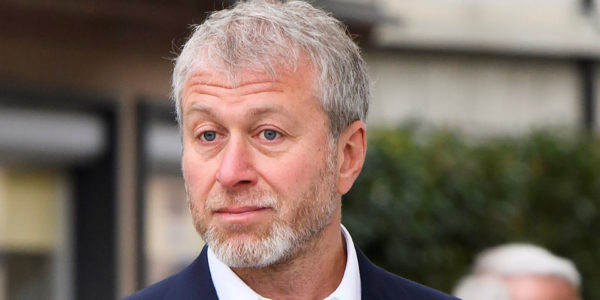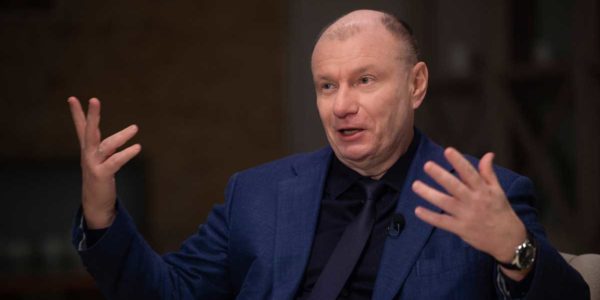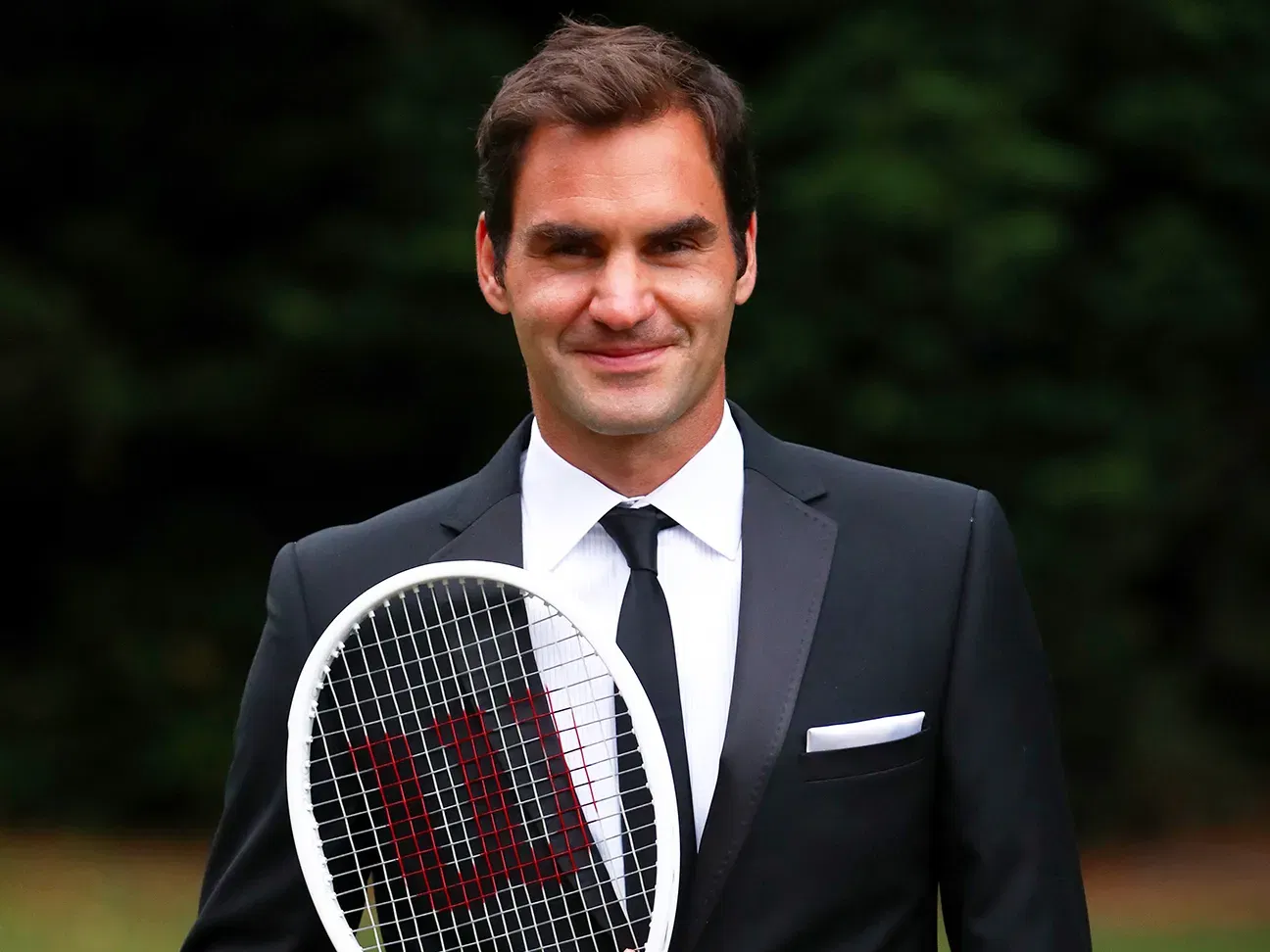
Roger Federer The Architectural Heritage of Swiss Excellence Anatomy of Financial Sovereignty
- The Transformation Matrix of the Basel Native: From HENRY to Financial Sovereign
- Introduction: Swiss Sophistication Applied to Individual Wealth
- Strategic Evolution: From Athletenvermögen to Dynastisches Vermögen
- A. The “Strategischer Eigentumsrückgewinn” (Strategic ownership recovery) with Nike
- B. The “Zürcher Eigenkapitalpartizipation” (Zurich equity participation) with On Running
- The Swiss Jurisdictional Matrix: Cantonal and International Architecture
- The Sonderfall Federer: Specifically Swiss Wealth Structure
- The Complete Wealth Ecosystem: The Swiss Systemic Vision
- The Flugbahn Über Generationen: The Swiss Intergenerational Horizon
- Conclusion: Swiss Excellence Applied to Wealth
The Transformation Matrix of the Basel Native: From HENRY to Financial Sovereign
Roger Federer The Architectural Heritage of Swiss Excellence Anatomy of Financial Sovereignty “Im Gegensatz zur Bahnhofstrasse Mentalität, wo Vermögen verwaltet wird, hat Federer ein System aufgebaut, in dem Vermögen nicht nur erhalten, sondern exponentiell vermehrt wird.” (Unlike the Bahnhofstrasse mentality, where wealth is simply managed, Federer has built a system where wealth is not only preserved but multiplied exponentially.)

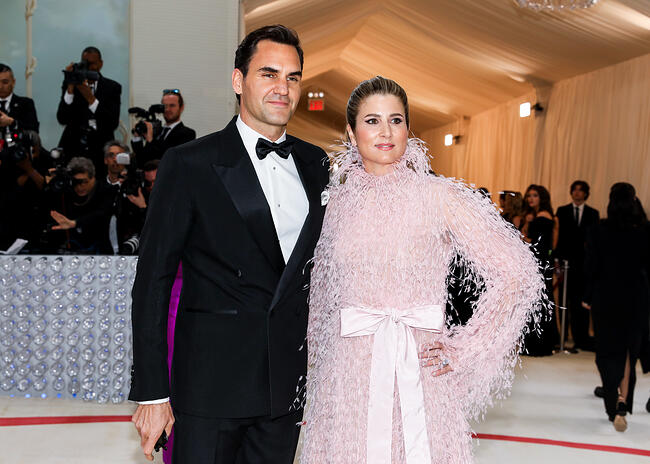
Introduction: Swiss Sophistication Applied to Individual Wealth
Roger Federer’s entry into the circle of Swiss billionaires – now occupying the 29th position among the 300 largest fortunes listed by “Bilan” – represents much more than a simple accumulation of athletic wealth. It embodies the quintessence of Swiss wealth engineering applied to exceptional human capital, demonstrating how Swiss excellence can be expressed as much in financial architecture as in horological precision.
With a net fortune estimated at 800 million Swiss francs (after deduction of 568 million in taxes – a revealing figure that we will analyze in detail), Federer has orchestrated a wealth transformation that contrasts radically with the trajectories of his eternal rivals, Nadal and Djokovic, despite comparable sporting achievements. This fundamental divergence is explained not by their respective incomes, but by the application of Swiss architectural principles to wealth constitution: precision, discretion, resilience, and intergenerational perspective.
The most revealing phenomenon – and systematically ignored by conventional economic press – is that Federer’s true wealth explosion occurred after his sporting retirement in 2022. This post-career acceleration validates the sophistication of his architecture, designed according to the “Perpetuierliches Vermögensaufbau-Prinzip” (Principle of perpetual wealth accumulation) mastered by true Zurich and Geneva wealth architects, but never applied by Swiss banking Family Offices to their wealthy clients.
Strategic Evolution: From Athletenvermögen to Dynastisches Vermögen
Phase I – Athletenvermögen (1997-2013): The Limitations of the Traditional Verwaltung Model
Federer’s initial wealth journey perfectly illustrates the constraints of the management model traditionally offered by Bahnhofstrasse establishments to elite athletes. His first Nike contract of 500,000 dollars in 1997 fell within the classic framework of “Verwaltungsvermögen” (administered wealth), characterized by:
- Einkommensabhängige Struktur (Income-dependent structure) – Financial flows entirely conditioned on active performance
- Fremdkapitalisierte Markenrechte (Brand rights capitalized by third parties) – Nike owning entirely the value of the RF initials
- Vermögensverwaltung statt Vermögensarchitektur (Wealth management rather than wealth architecture) – Absence of systemic structure
During this period, Federer’s wealth management followed the standardized model recommended by Zurich financial institutions for “Spitzensportler” (elite athletes): maximization of contractual income, conventional financial investments, and basic tax structuring. This approach – still applied today by UBS, Credit Suisse, and Julius Baer to their athlete clients – generates substantial commissions for institutions but fundamentally maintains the athlete in a HENRY (High Earner, Not Rich Yet) status.
The extended partnership with Nike (over 20 years) perfectly illustrates this asymmetric relationship: despite the creation of the RF line and its worldwide popularity, Federer held no ownership rights to this valorization of his own brand capital. This subordination is characteristic of what Germanic wealth architects call the “Marktwertfalle” (market value trap) – confusion between immediate commercial value and enduring wealth construction.
Phase II – Strategic Repositioning (2013-2018): The Zürcherische Foundation of Autonomy
The fundamental strategic inflection in Federer’s wealth architecture began in 2013 with the creation of Team8, well before his break with Nike. This chronological sequence – systematically misinterpreted by conventional financial analysts – reveals the methodical application of the “Zürcher Dreistufenmodell” (Zurich three-stage model) of wealth transformation:
- Kontrollübernahme vor Vermögensumstrukturierung (Control acquisition before wealth restructuring) – Creation of Team8 to establish decisional autonomy
- Strategische Positionierung vor taktischer Optimierung (Strategic positioning before tactical optimization) – Structural preparation anticipating the break with Nike
- Langfristige Architekturfundierung (Long-term architectural foundation) – Establishment of jurisdictional and structural bases
This intermediate phase, ignored by superficial analyses, represents the sophisticated application of Swiss wealth principles: meticulous upstream preparation, discretion in execution, and systemic vision of the whole. It contrasts radically with the opportunistic and reactive approach typically advised by traditional banking Family Offices.
The creation of Team8 in partnership with Tony Godsick represents much more than a simple agency change – it constitutes the implementation of the “Kontrollorientiertes Vermögensmodell” (control-oriented wealth model) that distinguishes the authentic Swiss-Germanic approach from Anglo-Saxon methodologies centered on immediate optimization.
Phase III – Eigentumsbasierte Architektur (2018-present): The Zürich-Schwyz-Zug Matrix
The transition to a proprietary wealth architecture revolves around two major strategic maneuvers that banking Family Offices would never have recommended or even understood:
A. The “Strategischer Eigentumsrückgewinn” (Strategic ownership recovery) with Nike
The break with Nike in 2018, far from being a simple unsuccessful commercial negotiation, represented the deliberate application of the “Markeneigentumsstrategie” (brand ownership strategy) developed jointly with Team8. This separation allowed:
- Recovery of rights to the RF initials – Transformation of a leased asset into perpetual property
- Liberation from exploitation restrictions – Release from commercial constraints imposed by Nike
- Strategic redeployment capacity – Possibility of reintegrating this intellectual property into new structures
The timing of this break – occurring at 37 years old, at the end of his sporting career – reveals the application of the “Vermögenstransformationsprinzip” (wealth transformation principle) typically Swiss: prioritizing long-term wealth construction over immediate income.
B. The “Zürcher Eigenkapitalpartizipation” (Zurich equity participation) with On Running
The entry into On Running’s capital in 2019 represents the culmination of this proprietary architecture, applying the “Schweizerische Beteiligungsmodell” (Swiss participation model) which fundamentally differs from the simple Anglo-Saxon endorsement relationship:
- Strategische Eigenkapitalbeteiligung (Strategic equity participation) – Acquisition of 3% of the Zurich company’s capital
- Kombinierte Markenpartnerschaft (Combined brand partnership) – Association of his image with the brand while being co-owner
- Wachstumsorientierte Positionierung (Growth-oriented positioning) – Alignment with a company in exponential development phase
This structure, typically Zurich in its conception, has generated exceptional value creation: the initial participation estimated between 50 and 70 million francs has reached approximately 500 million in 2024, multiplying the initial investment by 7-10 in just 5 years. This strategic return fundamentally exceeds the performance of any traditional investment portfolio recommended by Bahnhofstrasse institutions.
The Swiss Jurisdictional Matrix: Cantonal and International Architecture
The Schweizer Standbein: Strategic Cantonal Anchoring
Contrary to aggressive tax optimization schemes typically proposed by banking Family Offices, Federer has deployed a jurisdictional architecture based on the “Substanzorientiertes Legitimationsmodell” (substance-oriented legitimation model) properly Swiss. This approach prioritizes jurisdictional solidity and long-term fiscal legitimacy rather than immediate maximum optimization.
His main anchoring is located in the canton of Schwyz, a choice that reveals a sophisticated understanding of Swiss fiscal federalism. This jurisdiction offers:
- Moderate Steuerbelastung (Moderate tax burden) – A favorable but fully legitimate tax rate (about 22% versus 40% in Zurich or Geneva)
- Rechtssicherheit (Legal security) – A stable tax administration and predictable regulations
- Internationale Akzeptanz (International acceptance) – A recognized and respected jurisdiction, avoiding the reputational risks of tax havens
This “Mittelweg” (middle way) strategy typically Swiss contrasts with the binary approach (maximum optimization vs. total compliance) proposed by traditional financial institutions. It explains why Federer has paid 568 million francs in taxes on his 1.4 billion gross income – a ratio of about 40% that demonstrates a balanced approach prioritizing long-term legal security.
The Dreisäulenmodell International (International three-pillar model)
Federer’s international architecture is based on a sophisticated application of the “Dreisäulenmodell” (three-pillar model) adapted from Swiss pension provision to the global wealth context:
- Säule 1: Schweizer Basis (Pillar 1: Swiss base) – Legitimate cantonal anchoring creating a solid jurisdictional foundation
- Säule 2: Strategische Jurisdiktionen (Pillar 2: Strategic jurisdictions) – Targeted deployment in compatible jurisdictions (UK, USA, UAE)
- Säule 3: Funktionale Satellitenstrukturen (Pillar 3: Functional satellite structures) – Specialized entities for specific functions
This model allows for a structural separation between different categories of assets and flows, creating what Swiss specialists call “Rechtliche Kompartimentierung” (legal compartmentalization). Team8, for example, operates primarily from the United States, while certain intellectual property structures are positioned in the United Kingdom, and investment activities in Dubai.
This multi-jurisdictional architecture does not primarily aim at tax evasion (as proven by the 568 million taxes paid), but responds to the “Prinzip der funktionalen Spezialisierung” (principle of functional specialization): each jurisdiction is selected for its specific advantages in terms of asset protection, commercial ecosystem, or sectoral regulation.
The Sonderfall Federer: Specifically Swiss Wealth Structure
The Unternehmerisches Vermögensmodell (Entrepreneurial wealth model)
Federer’s wealth architecture fundamentally transcends the artificial distinction between “private wealth” and “business assets” maintained by traditional financial institutions. This integration reflects the “Unternehmerisches Vermögensmodell” (entrepreneurial wealth model) deeply rooted in the Swiss-Germanic tradition:
- Integrative Vermögensarchitektur (Integrative wealth architecture) – Fusion of personal, commercial, and financial dimensions
- Aktivpositionen statt Anlageklassen (Active positions rather than asset classes) – Entrepreneurial approach rather than purely financial
- Kontrollbasierte Wertschöpfung (Control-based value creation) – Structures allowing control of the complete value chain
This approach is particularly manifest in Team8, which simultaneously operates as:
- Career management agency for Federer
- Investment vehicle for new opportunities
- Development platform for proprietary events (Laver Cup)
- Control structure for various satellite entities
This vertical integration allows for a synergy that the compartmentalized structures proposed by banking Family Offices cannot achieve, explaining why Federer’s fortune has continued to accelerate after his sporting retirement.
The Zürcher IPR-Kapitalisierungsmodell (Zurich intellectual property capitalization model)
The most sophisticated dimension of the Federerian architecture concerns the treatment of intellectual property, an area where traditional banking Family Offices demonstrate particularly marked structural incompetence. Federer’s approach reflects the “Zürcher IPR-Kapitalisierungsmodell” (Zurich intellectual property capitalization model):
- Mehrschichtige Markenarchitektur (Multi-layered brand architecture) – Stratification of his brand capital in multiple exploitable dimensions:
- The personal brand “Roger Federer”
- The initials “RF”
- The association “Swiss excellence”
- The aesthetic “Federer style”
- Selektive Kapitalisierungsmatrix (Selective capitalization matrix) – Differentiated monetization mechanisms according to the nature of the rights:
- Direct licensing for certain elements (RF logo)
- Equity participation for others (On Running)
- Direct ownership of events (Laver Cup)
- Generationsübergreifende Werterhaltung (Transgenerational value preservation) – Structures allowing the perpetuation of brand capital beyond his active career
This sophisticated approach explains why Federer can simultaneously be a Rolex ambassador, hold a stake in On Running, and independently exploit his RF initials – a strategic diversification inaccessible to athletes like Nadal or Djokovic, confined to conventional contractual relationships.
The Complete Wealth Ecosystem: The Swiss Systemic Vision
The Strategic Portfolio: Beyond Conventional Asset Allocation
Federer’s asset allocation reflects a sophistication that radically transcends the standardized models proposed by Bahnhofstrasse institutions. Its diversified structure manifests the “Integrierte Vermögensportfolio” (integrated wealth portfolio) typically Swiss:
- Strategische Beteiligungen (Strategic participations) – 40-50% of wealth
- On Running (3%, ~500M CHF)
- Undisclosed participations in Swiss and international companies
- Team8 and associated structures
- Immaterielle Vermögenswerte (Intangible assets) – 15-20% of wealth
- Rights to RF initials and other intellectual properties
- Long-term license contracts (Uniqlo, ~300M CHF)
- Future image exploitation rights
- Immobilienvermögen (Real estate assets) – 15-20% of wealth
- Main residences in Wollerau (Schwyz) and Dubai
- Strategic secondary properties
- Structured real estate investments
- Finanzielle Anlagen (Financial investments) – 10-15% of wealth
- Conservative portfolio mainly managed by UBS
- Participations in selected private funds
- Positions in listed companies
- Event Properties & Venture Investments – 5-10% of wealth
- Laver Cup and other proprietary events
- Early-stage investments in startups
- Structured philanthropic projects (RF Foundation)
This holistic concentration creates what Swiss specialists call “Resilienzbasierte Vermögensstruktur” (resilience-based wealth structure) – an ecosystem capable of generating value independently of fluctuations in a particular sector or active sporting career.
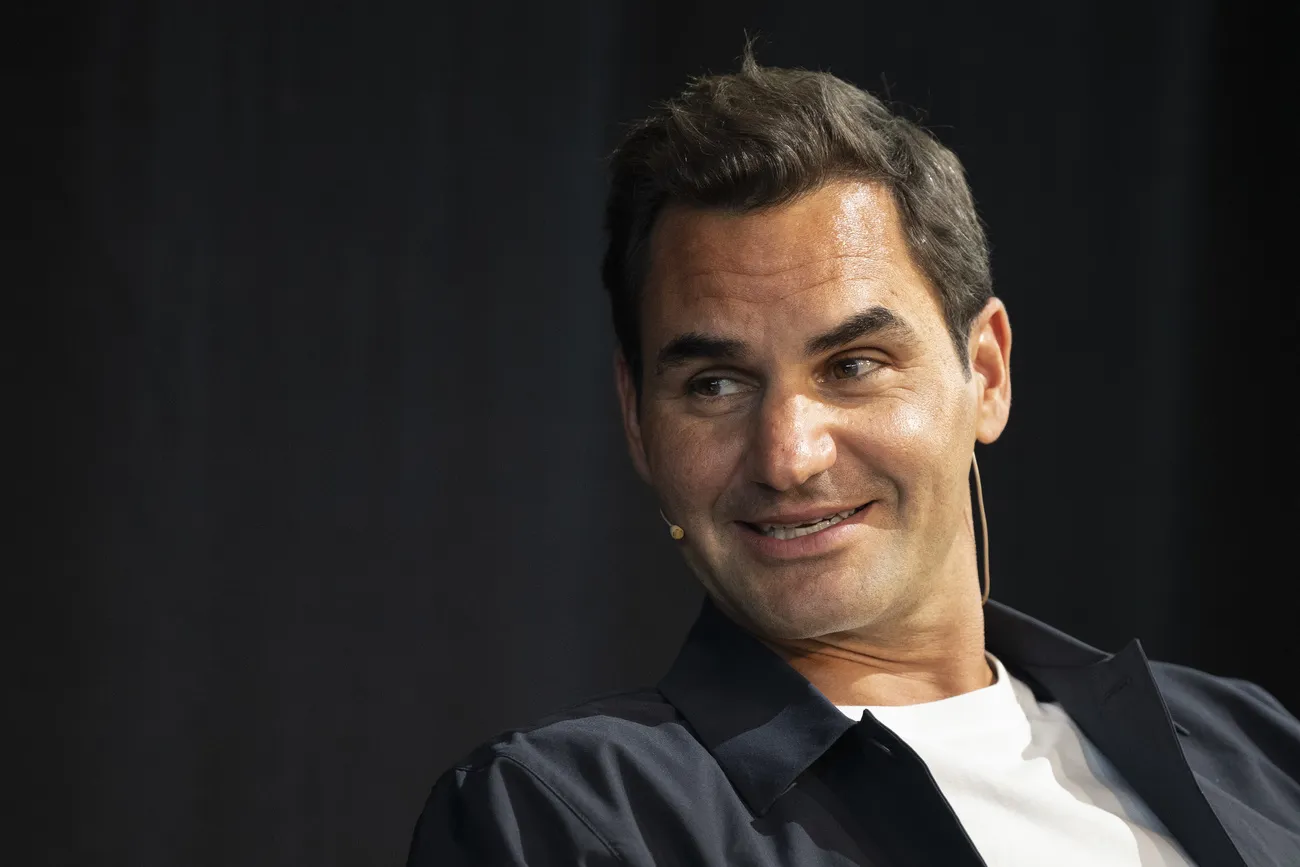
The Flugbahn Über Generationen: The Swiss Intergenerational Horizon
Perhaps the most distinctive element of the Federerian architecture – and the most typically Swiss – lies in its intergenerational dimension. In accordance with the Swiss wealth tradition that privileges transmission over consumption, Federer has implemented the “Mehrgenerationenmodell” (multigenerational model):
- Strukturierte Nachfolgeplanung (Structured succession planning) – Legal architecture facilitating transmission to the four Federer children
- Werterhaltendes statt wertverbrauchendes Modell (Value-preserving rather than value-consuming model) – Limitation of current expenses (~10M CHF annually) despite considerable fortune
- Substanzorientierte Philanthrophie (Substance-oriented philanthropy) – RF Foundation structured for sustainable impact rather than tax optimization
This long-term vision explains why Federer, despite his fortune, maintains a relatively modest lifestyle for a billionaire (estimated at 10 million francs annually according to Bilan) – a typically Swiss approach that privileges discretion and durability over immediate ostentation.
Conclusion: Swiss Excellence Applied to Wealth
The Federer case perfectly illustrates how authentic Swiss wealth principles – when applied with rigor and sophistication – allow transcending the limitations inherent to HENRY (High Earner, Not Rich Yet) status to achieve true financial sovereignty.
Unlike Shakira, victim of standardized approaches of banking Family Offices, or even his tennis rivals Nadal and Djokovic who essentially remain revenue generators for the financial industry, Federer has architected an integrated wealth ecosystem that manifests the distinctive qualities of Swiss excellence:
- Präzision (Precision) – In jurisdictional and contractual structuring
- Langfristigkeit (Long-term vision) – Privileging wealth construction over immediate optimization
- Diskretion (Discretion) – Operating far from aggressive optimization schemes that are media-risky
- Qualität vor Quantität (Quality before quantity) – Privileging structural solidity over immediate performance
Roger Federer The Architectural Heritage of Swiss Excellence Anatomy of Financial Sovereignty .This exceptional wealth architecture explains why, unlike almost all elite athletes, Federer’s fortune truly exploded after his sporting retirement – ultimately validating the sophistication of his approach.
As a true Zurich wealth architect perfectly summarizes: “Der Unterschied zwischen einem gewöhnlichen Millionär und Roger Federer liegt nicht im Vermögen selbst, sondern in der Architektur dahinter.” (The difference between an ordinary millionaire and Roger Federer lies not in the fortune itself, but in the architecture behind it).
In a financial environment where Bahnhofstrasse institutions methodically transform their clients’ fortunes into sources of income for themselves, the Federer case demonstrates that a true Swiss wealth architecture – when properly implemented – allows achieving authentic financial sovereignty that traditional banking Family Offices can neither nor want to offer their clients.
